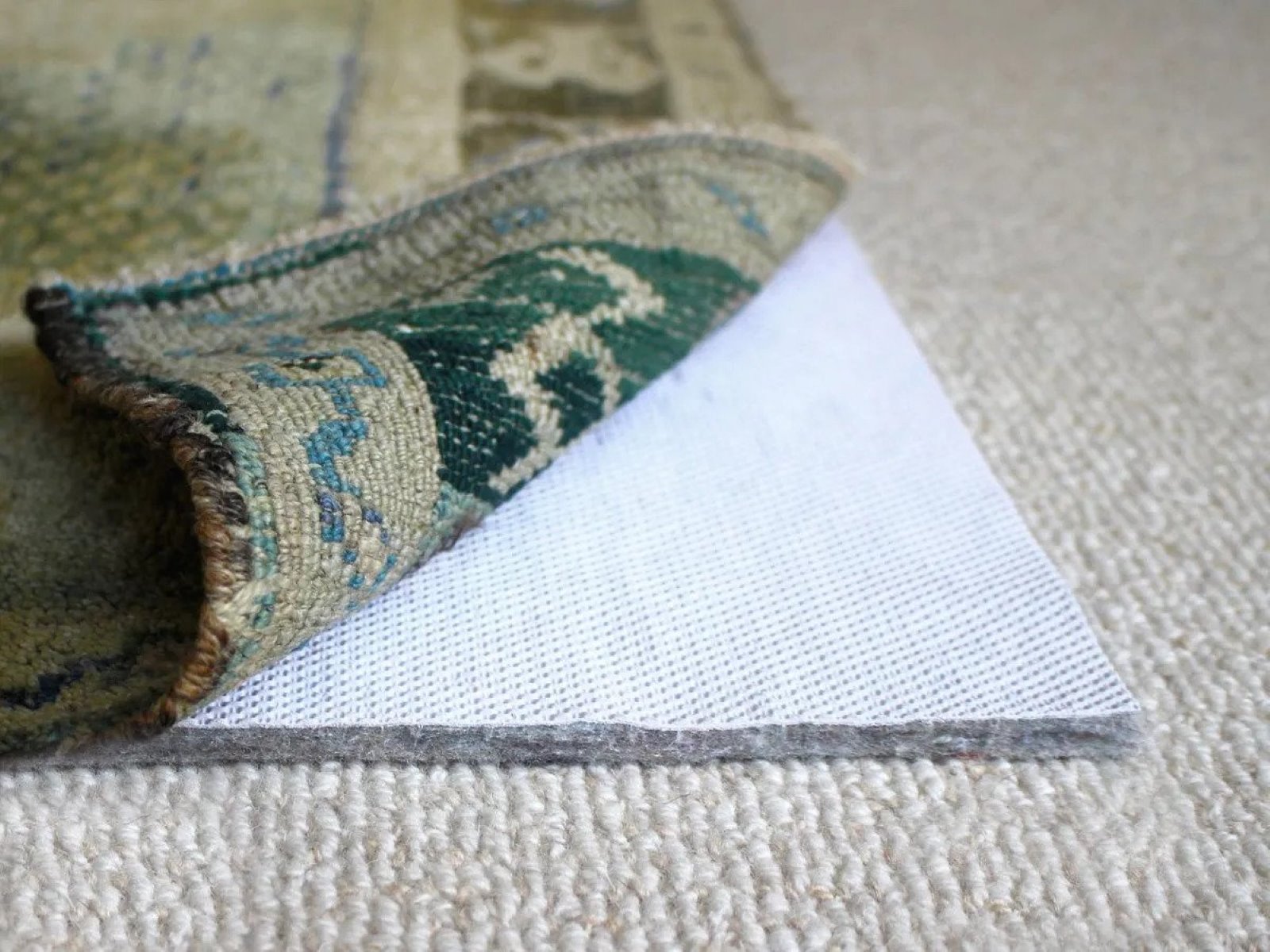

Articles
How To Keep Rugs From Moving On Carpet
Modified: October 20, 2024
Discover effective techniques to keep your rugs securely in place on carpet with these informative articles. Say goodbye to shifting rugs and enjoy a safer and more comfortable home environment.
(Many of the links in this article redirect to a specific reviewed product. Your purchase of these products through affiliate links helps to generate commission for Storables.com, at no extra cost. Learn more)
Introduction
Have you ever experienced the frustration of constantly adjusting your rugs that seem to have a mind of their own? Despite your efforts, they keep sliding and shifting on your carpet, creating safety hazards and an eyesore in your home. Fortunately, there are effective solutions to keep rugs from moving on carpet.
In this article, we will explore different methods to tackle this common issue. We will guide you through the process of selecting the right rug pad, using double-sided carpet tape, employing non-slip rug grippers, utilizing Velcro strips, and implementing furniture anchors. We will also provide you with regular maintenance and cleaning tips to ensure the longevity and stability of your rugs.
By the end of this article, you’ll have a range of solutions at your disposal to keep your rugs firmly in place on your carpet, creating a safer and more visually appealing environment in your home.
Key Takeaways:
- Say goodbye to constantly adjusting your rugs with practical solutions like rug pads, double-sided carpet tape, non-slip rug grippers, and Velcro strips. Enjoy a stable and visually appealing living space with these effective methods.
- Keep your rugs securely in place on carpet by implementing regular maintenance and cleaning tips. Vacuum regularly, clean spills promptly, and use rug grippers or pads to maintain stability and extend the lifespan of your rugs.
Read more: How To Stop A Rug From Moving On A Carpet
Understanding the Problem
Before we dive into the solutions, it’s important to understand why rugs tend to move on carpet. Several factors contribute to this frustrating issue.
Firstly, the smooth surface of carpets provides little friction for rugs to grip onto. As a result, the rug can easily slide or shift when walked on or even when there’s slight movement in the room.
Furthermore, foot traffic and regular use can cause the rug fibers to loosen over time, reducing their ability to stay in place. Additionally, pets and active children can contribute to the rug’s movement by playing or running on it.
Another factor to consider is the weight and size of the rug. Large or heavy rugs are more likely to move as they have more surface area that comes into contact with the smooth carpet beneath.
It’s also worth noting that certain carpet styles, such as low-pile or high-traffic carpets, can exacerbate the problem due to their texture, which offers less grip for the rug.
Understanding these factors will help you choose the most suitable method to prevent your rugs from moving on your carpet. Let’s explore the various solutions available.
Choosing the Right Rug Pad
One effective solution to prevent rugs from moving on carpet is by using rug pads. Rug pads not only provide grip but also add cushioning and protect both your rug and carpet from wear and tear. When selecting a rug pad, there are a few key factors to consider.
The first consideration is the material of the rug pad. Opt for a pad made of latex or rubber, as these materials offer excellent grip and prevent slippage. Look for rug pads with a non-slip bottom surface to further enhance their effectiveness.
The thickness of the rug pad is also important. Thin pads might not provide sufficient grip, while overly thick ones can cause the rug to feel unstable or uneven. A pad with a thickness between 1/8 inch to 1/4 inch is generally recommended.
Additionally, make sure to choose a rug pad that is slightly smaller than your rug. This allows the edges of the rug to lay flat on the floor, preventing any tripping hazards or buckling.
Before purchasing a rug pad, measure the size of your rug and consider any specific requirements you may have, such as extra cushioning or noise reduction. This will help you select the right rug pad that meets your specific needs.
Once you have the appropriate rug pad, it’s time to apply it to your rug. Simply lay your rug pad on the carpet and place your rug on top of it. The grip provided by the rug pad will help keep your rug in place, preventing it from sliding or shifting.
Using a rug pad is a simple and effective way to keep your rugs from moving on carpet. Not only does it provide stability, but it also prolongs the lifespan of both your rug and carpet. With the right rug pad, you can enjoy a safe and secure rug placement in your home.
Using Double-Sided Carpet Tape
If you’re looking for a quick and hassle-free solution to keep your rugs from moving on carpet, double-sided carpet tape is a great option. It provides a strong adhesive bond between your rug and carpet, effectively preventing any sliding or shifting.
To use double-sided carpet tape, start by thoroughly cleaning the area where you plan to place your rug. Remove any dust, dirt, or debris from both the carpet and the underside of the rug to ensure maximum adhesion.
Next, cut the double-sided carpet tape into strips or squares, depending on the size of your rug. It’s recommended to apply the tape along the edges of the rug, as well as in the center if necessary. This will provide optimal grip and stability.
Peel off the backing of the carpet tape to expose the adhesive side. Carefully place the tape on the underside of the rug, pressing down firmly to secure it in place. Repeat this step for each section of the rug where you want to apply the tape.
Once the double-sided carpet tape is applied, position your rug on the carpet in the desired location. Press down firmly on the rug to create a strong bond between the tape and the carpet. Be cautious when adjusting the rug, as the tape’s adhesive is very sticky and can be difficult to reposition.
It’s important to note that double-sided carpet tape is a semi-permanent solution. If you plan to move or reposition your rug frequently, this may not be the best option, as removing the tape can leave adhesive residue on your carpet. However, if you’re looking for a long-term solution or have a rug in a high-traffic area, double-sided carpet tape can provide excellent stability.
Using double-sided carpet tape is a simple and effective method to keep your rugs securely in place on carpet. It provides a strong adhesive bond that prevents any unwanted movement, offering peace of mind and safety in your home.
Using Non-Slip Rug Grippers
If you prefer a non-adhesive solution to keep your rugs from moving on carpet, non-slip rug grippers are an excellent choice. Rug grippers are typically made of a grippy rubber material that creates friction between the rug and the carpet, providing a secure hold.
To use rug grippers, start by cleaning the area where you plan to place your rug. Remove any dust or debris from the carpet to ensure maximum grip.
Next, lay out the rug grippers on the carpet, making sure they are evenly spaced and cover the areas where the rug will be placed. Most rug grippers come in a pre-cut size, but if needed, you can trim them to fit the exact dimensions of your rug.
Once the rug grippers are properly positioned, place your rug on top of them. The rubber material of the grippers will create a strong grip between the rug and the carpet, preventing any movement or shifting.
One advantage of using rug grippers is their versatility. They can be easily removed and repositioned if you decide to change the location or orientation of your rug. This makes them a convenient choice for those who like to frequently rearrange their furniture and decor.
Rug grippers are also suitable for use on various types of rugs, including area rugs, runners, and small accent rugs. They provide a secure hold without causing any damage to the rug or carpet. However, it’s important to note that certain types of rugs with a very smooth or slippery backing might not adhere well to rug grippers.
Using non-slip rug grippers is a simple and effective method to keep your rugs securely in place on carpet. They provide reliable grip and stability, giving you peace of mind and preventing any potential accidents caused by rug movement.
Use rug gripper pads or double-sided carpet tape to keep rugs from moving on carpet. These products provide a strong grip and prevent slipping and sliding.
Using Velcro Strips
If you’re looking for a customizable and flexible solution to keep your rugs from moving on carpet, using Velcro strips can be an effective option. Velcro strips provide a strong and secure connection between your rug and carpet, preventing any unwanted sliding or shifting.
To use Velcro strips, start by thoroughly cleaning the area where you plan to place your rug. Remove any dust, dirt, or debris from both the carpet and the underside of the rug.
Next, cut the Velcro strips into smaller pieces, approximately 2-3 inches in length. It’s recommended to use both the hook side and the loop side of the Velcro to create a stronger bond.
Peel off the backing of one side of the Velcro strip to expose the adhesive. Attach the adhesive side of the strip to the underside of the rug, pressing down firmly to secure it in place. Repeat this step for each section of the rug where you want to apply the Velcro strips.
Once the Velcro strips are in place on the rug, position the rug on the carpet in the desired location. Press down firmly to attach the Velcro strips to the carpet. The hook and loop sides will interlock, creating a strong connection that prevents any movement.
One advantage of using Velcro strips is their adjustability. If you need to reposition the rug or temporarily remove it, you can easily separate the Velcro strips and adjust them accordingly. This makes Velcro strips a versatile option for those who like to change their rug placement frequently.
It’s important to note that using Velcro strips may leave a residue on your carpet over time. To mitigate this, periodically clean the area where the Velcro strips are attached and replace the strips as needed. Additionally, avoid using Velcro strips on delicate or valuable rugs, as they may cause damage or leave marks.
Using Velcro strips is a customizable and flexible method to keep your rugs securely in place on carpet. They provide a strong and adjustable connection, ensuring your rug remains stable and preventing any accidents caused by rug movement.
Using Furniture Anchors
If you have furniture placed on top of your rugs, using furniture anchors can be an effective way to prevent both the furniture and rug from moving on the carpet. Furniture anchors provide stability by securing the furniture to the floor, creating a solid base for your rug to stay in place.
To use furniture anchors, start by identifying the furniture pieces that are placed on top of your rug. Common examples include coffee tables, dining tables, and heavy chairs.
Next, choose the appropriate type of furniture anchor for your specific furniture pieces. There are various types available, such as brackets, straps, or adhesive anchors. Consider the weight and size of the furniture to ensure that the chosen anchors can withstand the load.
Follow the manufacturer’s instructions to install the furniture anchors properly. Typically, this involves attaching the anchor to the furniture and securing it to the floor or the wall, depending on the anchor type. Make sure the anchor is firmly in place and the furniture is securely fastened.
Once the furniture is properly anchored, position your rug underneath it, making sure it is centered and aligned with the furniture. The weight and stability of the anchored furniture will help keep the rug in place, preventing any shifting or sliding.
Using furniture anchors not only prevents your rugs from moving on carpet but also adds an extra layer of safety, especially if you have children or pets in your home. Anchoring heavy furniture reduces the risk of accidental tipping or sliding, providing a secure and stable environment.
It’s important to note that furniture anchors are more suitable for permanent rug placements, as constantly rearranging your furniture can be inconvenient. If you frequently change your furniture arrangement, consider using other methods like rug pads or non-slip rug grippers to keep your rugs in place.
Using furniture anchors is a reliable and secure method to prevent both your rugs and furniture from moving on carpet. By anchoring your furniture, you can enjoy a stable and visually appealing space while ensuring the safety of your household.
Regular Maintenance and Cleaning Tips
Keeping your rugs in good condition and maintaining their stability on carpet requires regular maintenance and cleaning. Here are some tips to help you maintain your rugs and prevent them from moving on carpet:
1. Vacuum regularly: Regular vacuuming helps prevent dirt and debris from accumulating in the rug fibers, reducing the chance of slippage. Use a vacuum cleaner with a brush attachment or a vacuum specifically designed for rugs to remove dirt, dust, and pet hair effectively.
2. Shake out and rotate: Every few months, take your rug outside and give it a good shake to remove any loose dirt and dust. Additionally, rotate your rug to ensure even wear and tear. This helps maintain the rug’s stability and prevents specific areas from becoming more worn or prone to shifting.
3. Clean spills immediately: Accidents happen, and when a spill occurs on your rug, it’s important to act quickly. Blot the spill with a clean cloth or paper towel to absorb as much liquid as possible. Avoid rubbing the spill, as it can push the liquid deeper into the rug fibers. Spot clean the affected area using a mild detergent and water solution, or follow the manufacturer’s cleaning instructions specific to your rug material.
4. Use rug grippers or pads: Even if your rug is designed with a non-slip backing, using rug grippers or pads can provide an extra layer of stability. They help distribute weight evenly and reduce friction, preventing the rug from sliding or moving when walked on.
5. Avoid excessive moisture: Excessive moisture can weaken the grip of rug pads or cause the carpet underneath to become damp, potentially leading to mold or mildew. Avoid placing rugs in areas prone to moisture, such as bathrooms or damp basements. If a rug does get wet, ensure it is completely dry before placing it back on the carpet.
6. Trim loose or frayed edges: Over time, the edges of rugs may become loose or frayed. Trim any loose threads or fibers to prevent tripping hazards and maintain the rug’s overall integrity.
By following these regular maintenance and cleaning tips, you can extend the lifespan of your rugs, enhance their stability on carpet, and keep them looking fresh and vibrant for years to come.
Conclusion
Dealing with rugs that constantly move on carpet can be frustrating and even hazardous. However, there are several effective methods to keep your rugs securely in place. From using rug pads and double-sided carpet tape to non-slip rug grippers and Velcro strips, each method offers a practical solution to address the issue of rug movement.
Choosing the right method depends on your specific needs and preferences. Rug pads provide grip while adding cushioning and protecting your rug and carpet. Double-sided carpet tape offers a quick and semi-permanent solution, creating a strong adhesive bond between rug and carpet. Non-slip rug grippers offer versatility and repositionability, providing a reliable grip without any adhesive residue. Velcro strips allow for customization and adjustment, providing a secure connection between rug and carpet. Furniture anchors offer stability by securing both the furniture and rug in place.
In addition to these solutions, regular maintenance and cleaning play a crucial role in preventing rug movement. Vacuuming regularly, shaking out and rotating rugs, cleaning spills promptly, using rug grippers or pads, avoiding excessive moisture, and trimming loose edges all contribute to maintaining the stability of your rugs on carpet.
By implementing one or a combination of these methods and practicing regular maintenance, you can enjoy the benefits of a well-placed and secure rug. Not only will your rugs stay in place, but you will also create a safer and more visually appealing environment in your home.
Remember, it’s essential to assess your specific needs and choose the method that works best for you and your rugs. With the right approach, you can say goodbye to constantly adjusting your rugs and enjoy a stable and beautiful living space.
Frequently Asked Questions about How To Keep Rugs From Moving On Carpet
Was this page helpful?
At Storables.com, we guarantee accurate and reliable information. Our content, validated by Expert Board Contributors, is crafted following stringent Editorial Policies. We're committed to providing you with well-researched, expert-backed insights for all your informational needs.
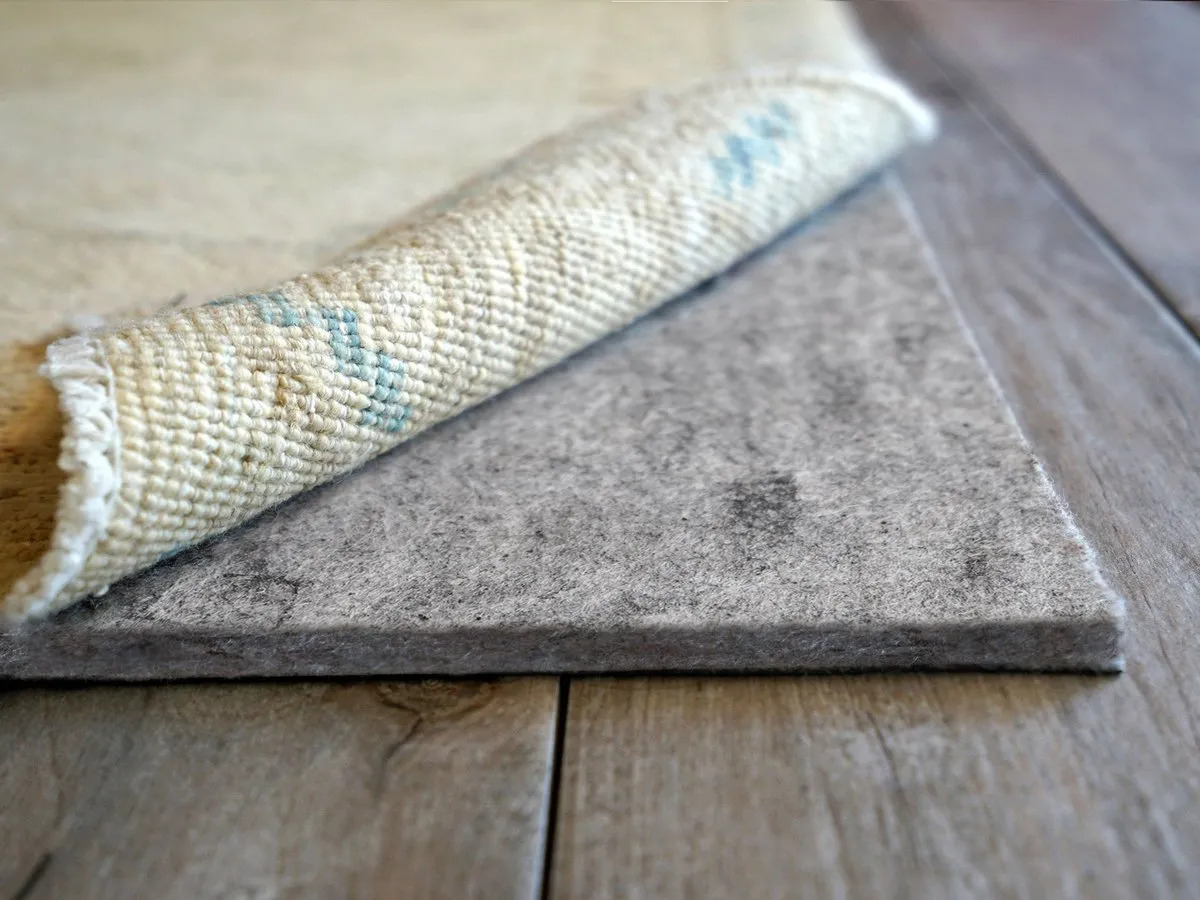
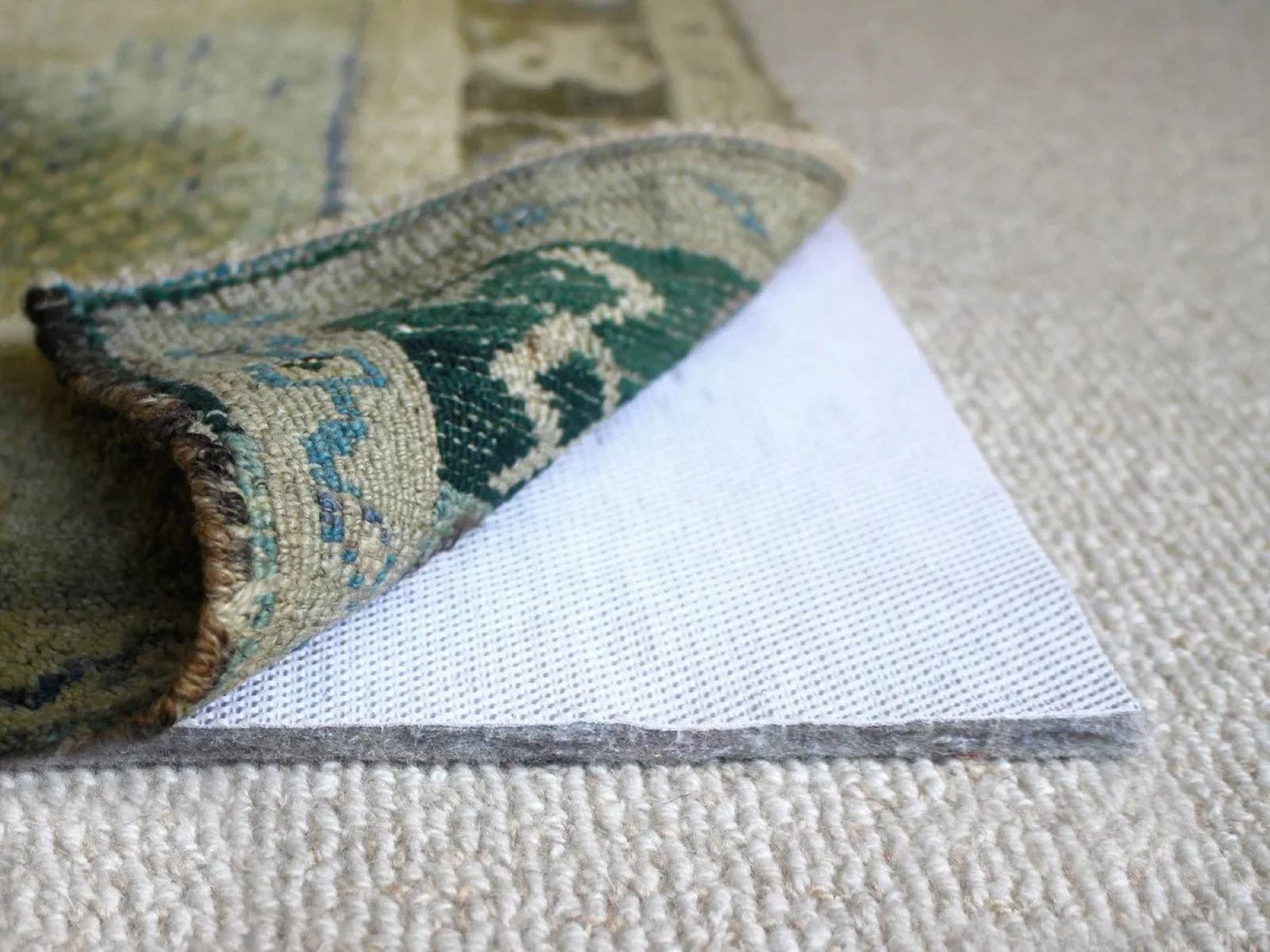
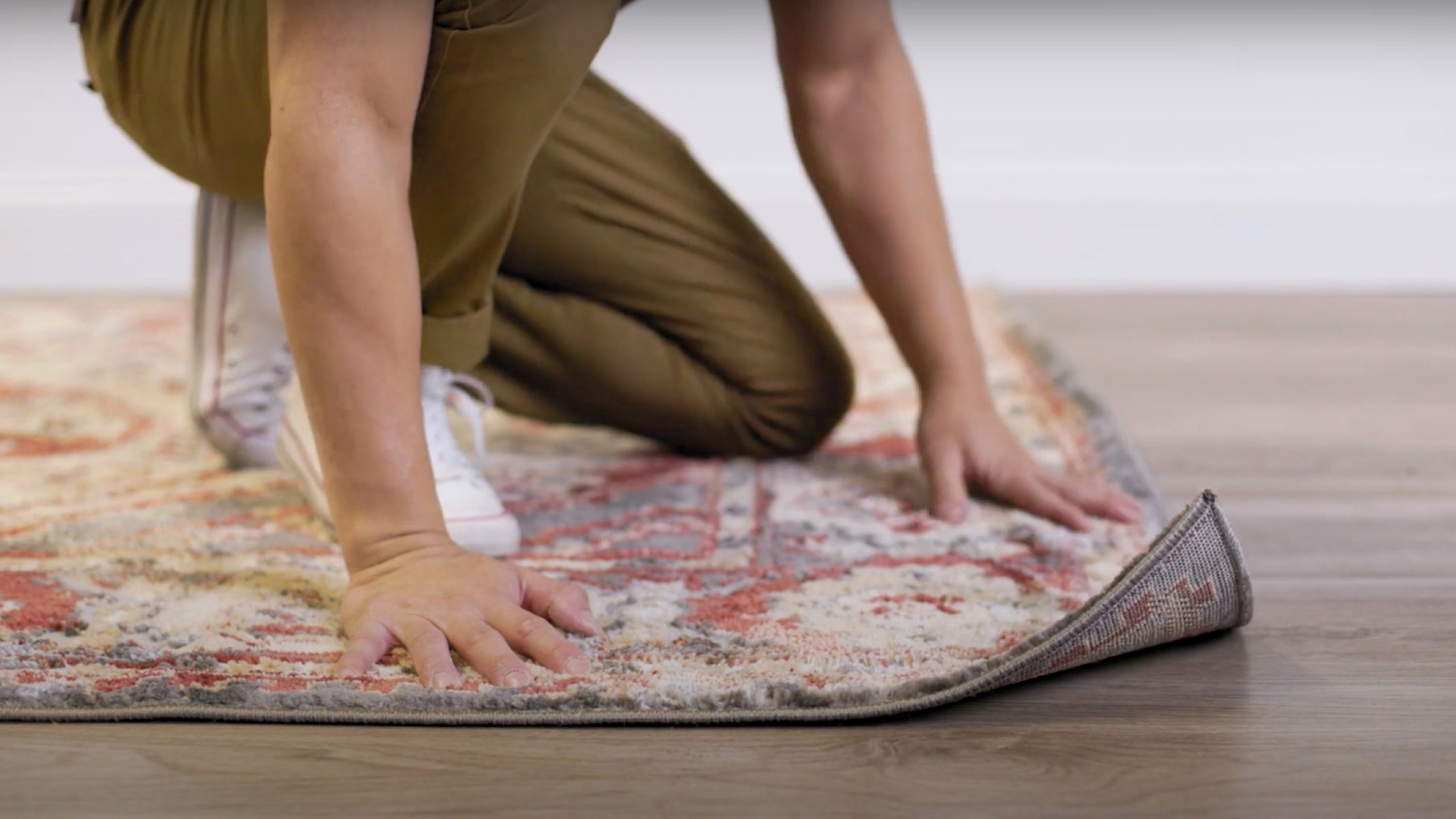
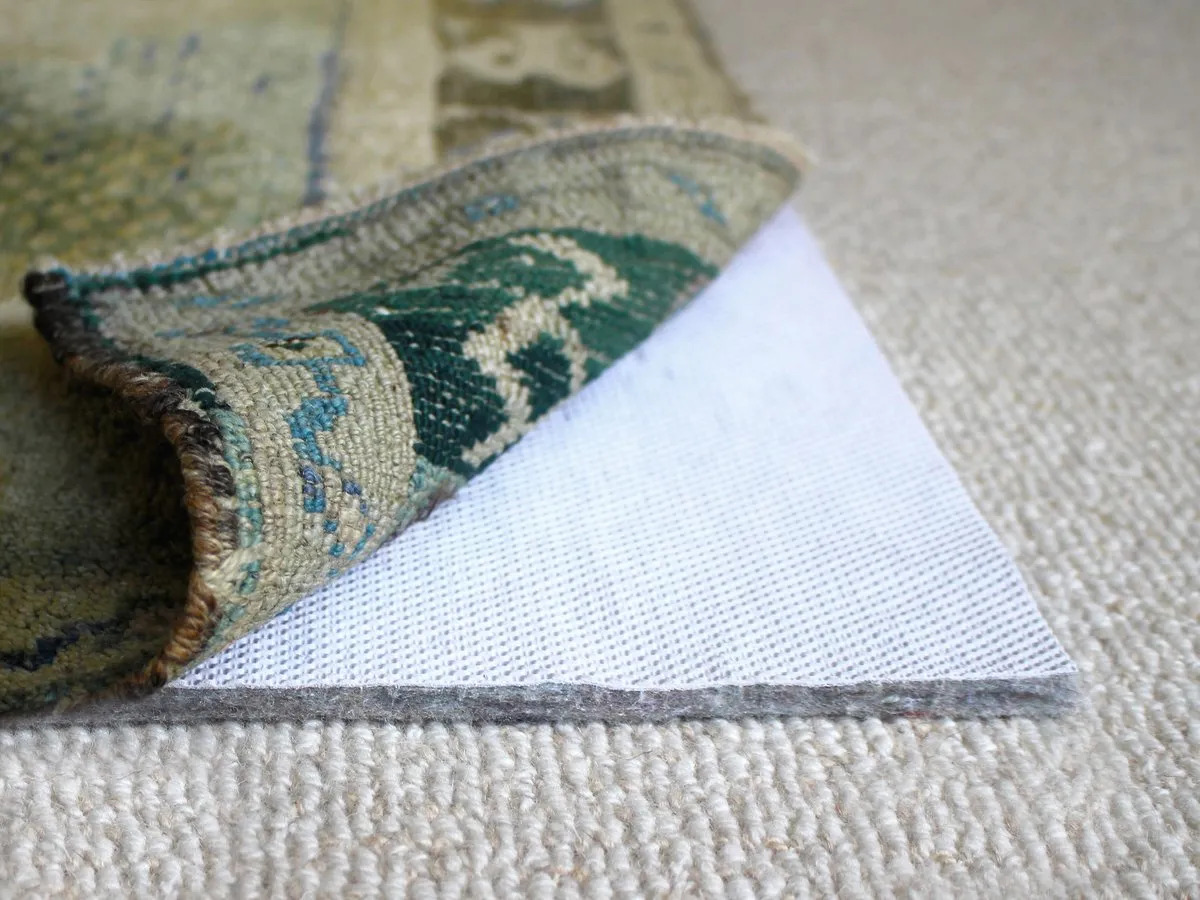
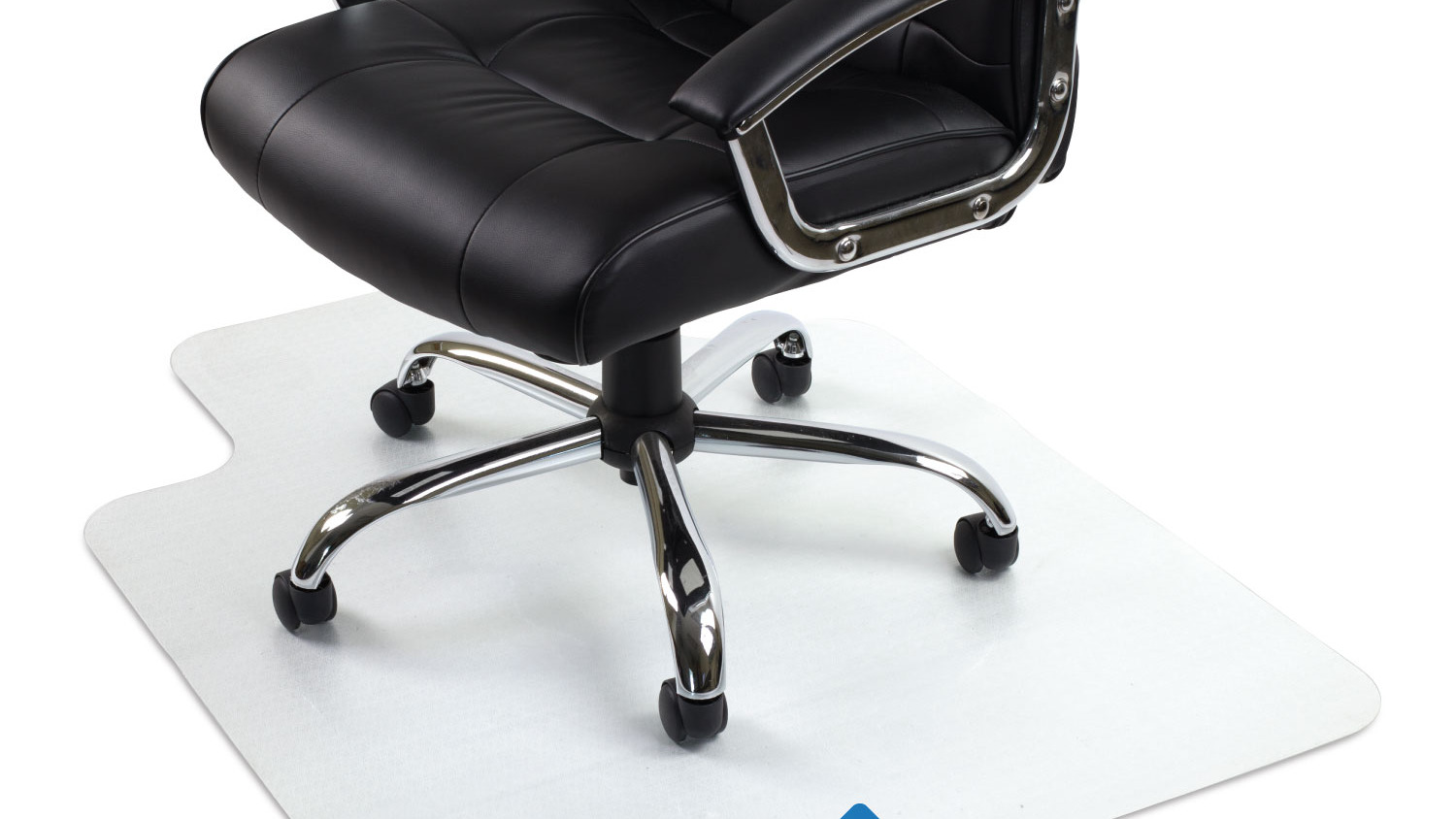
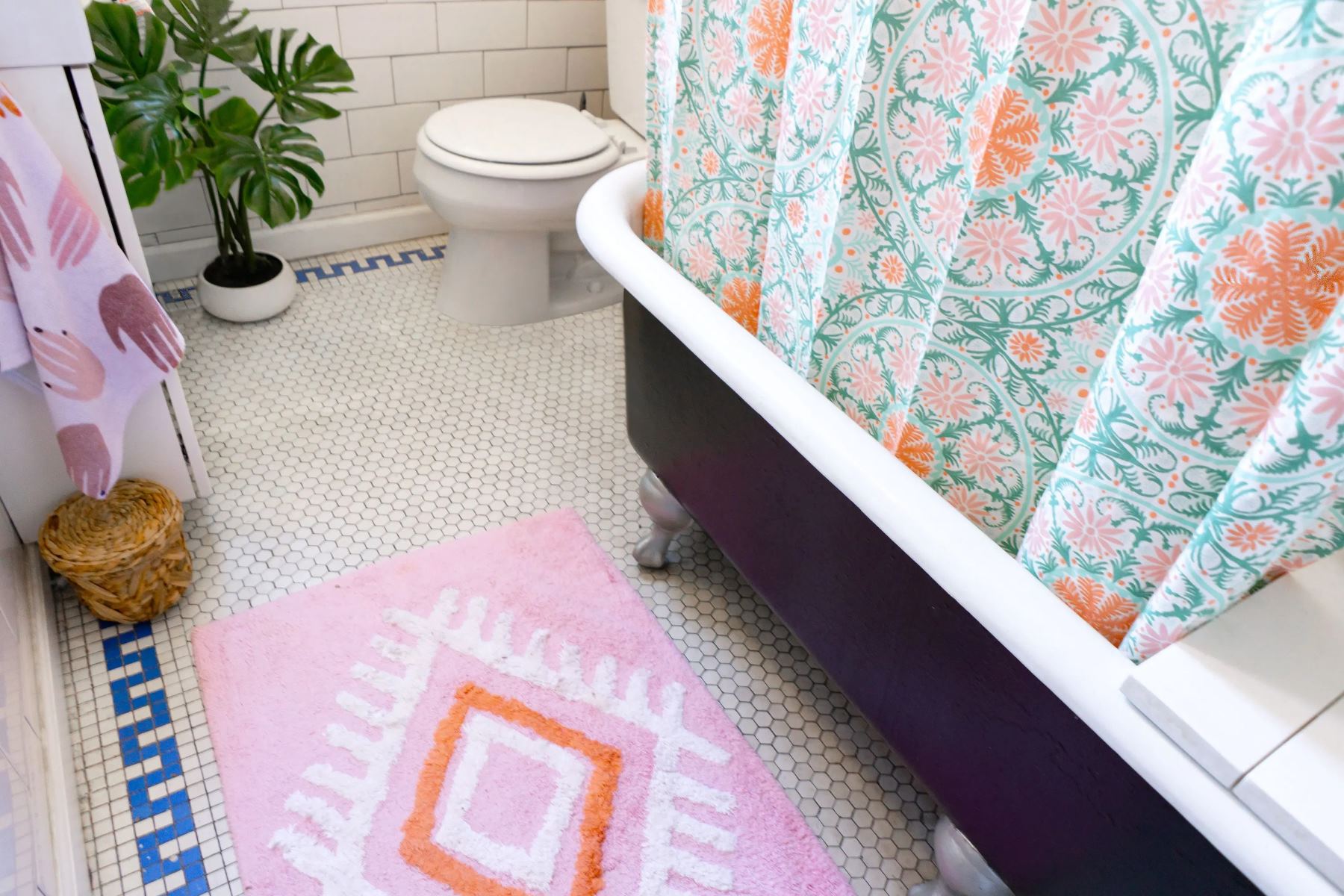

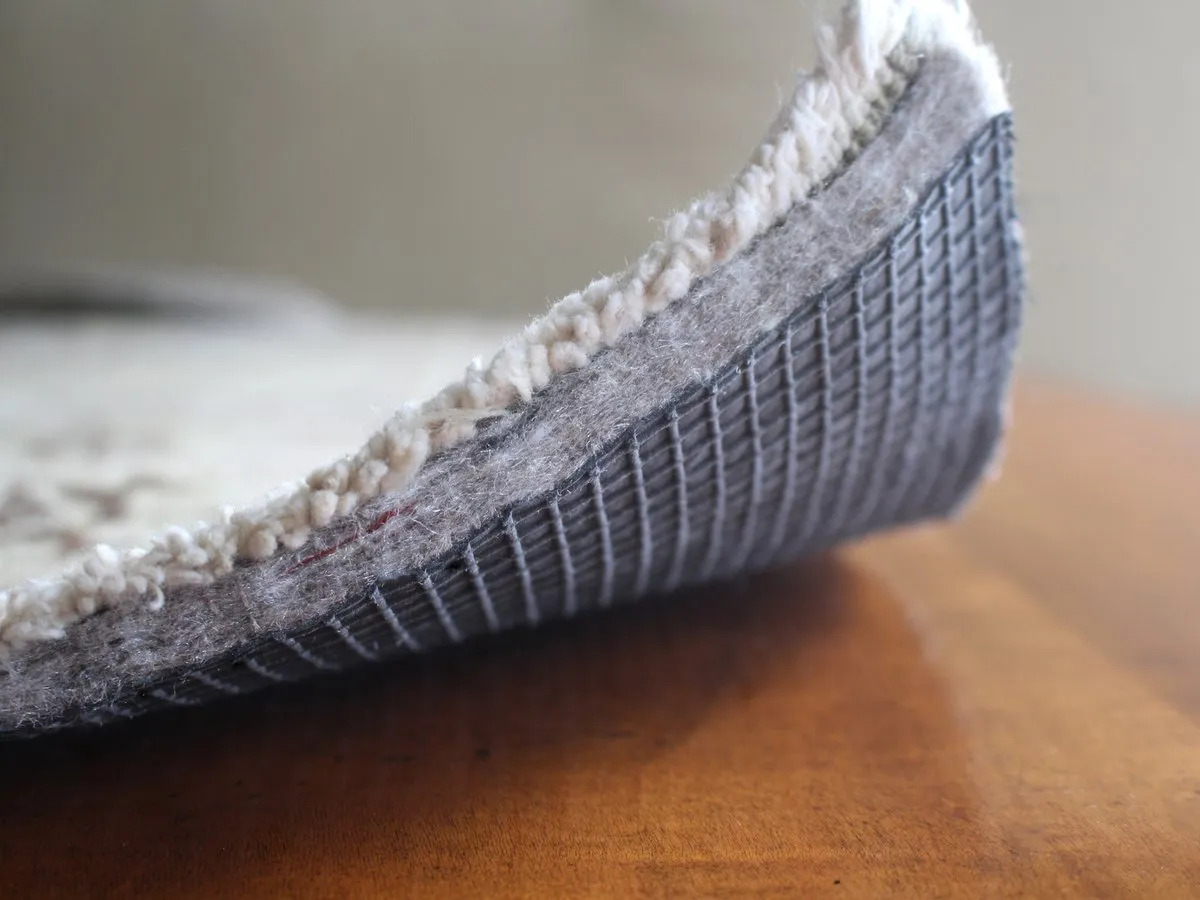
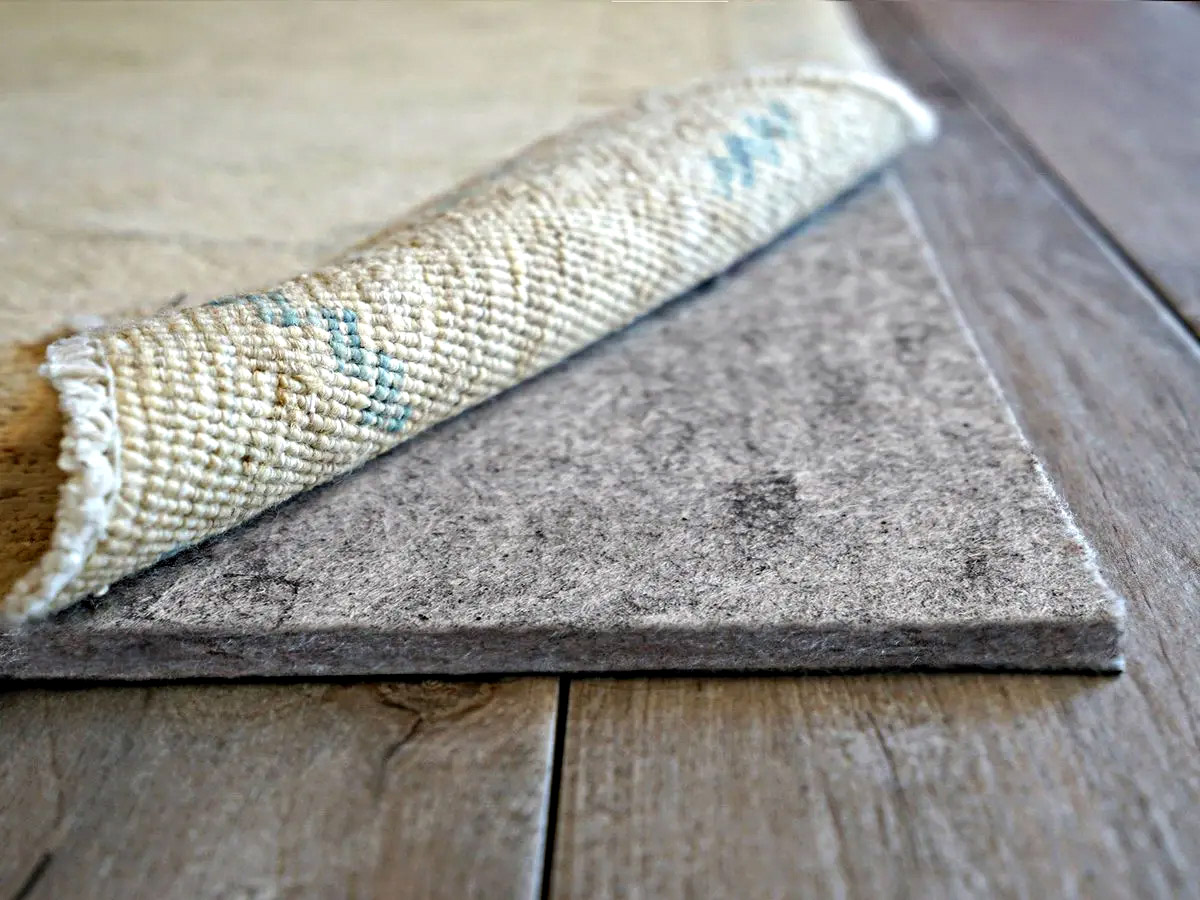
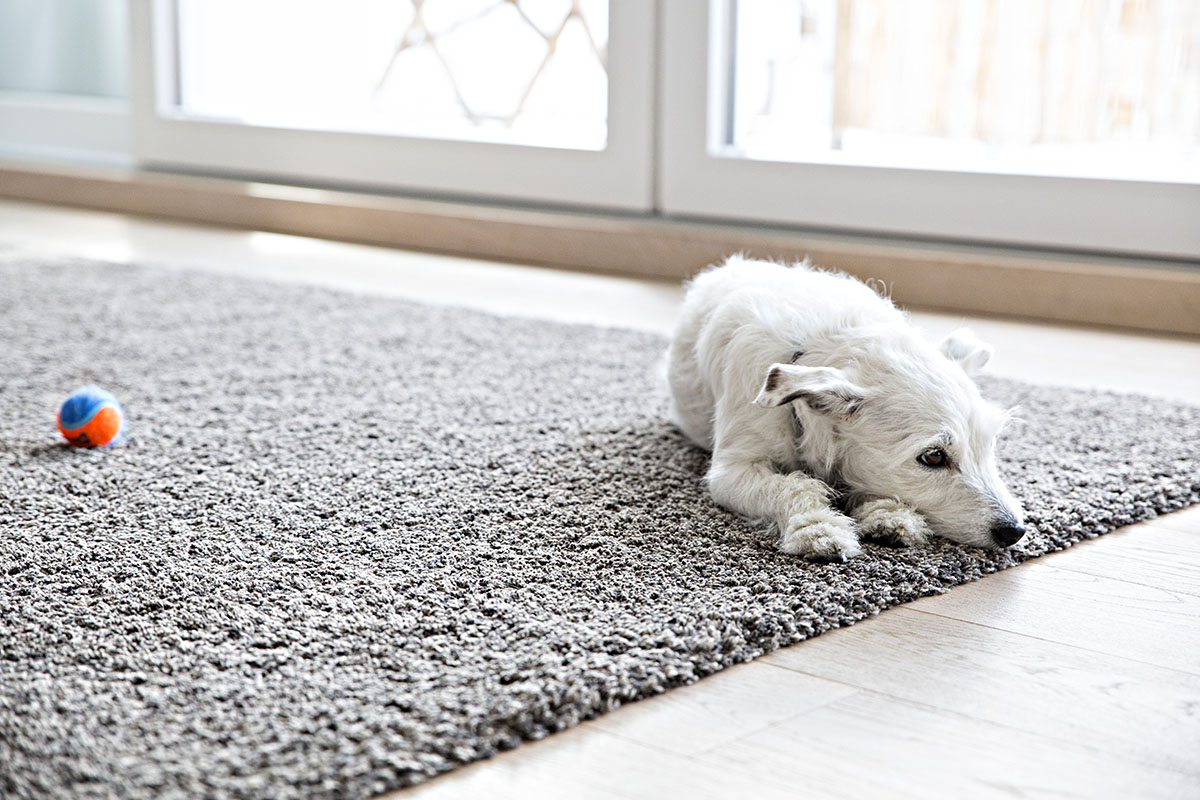
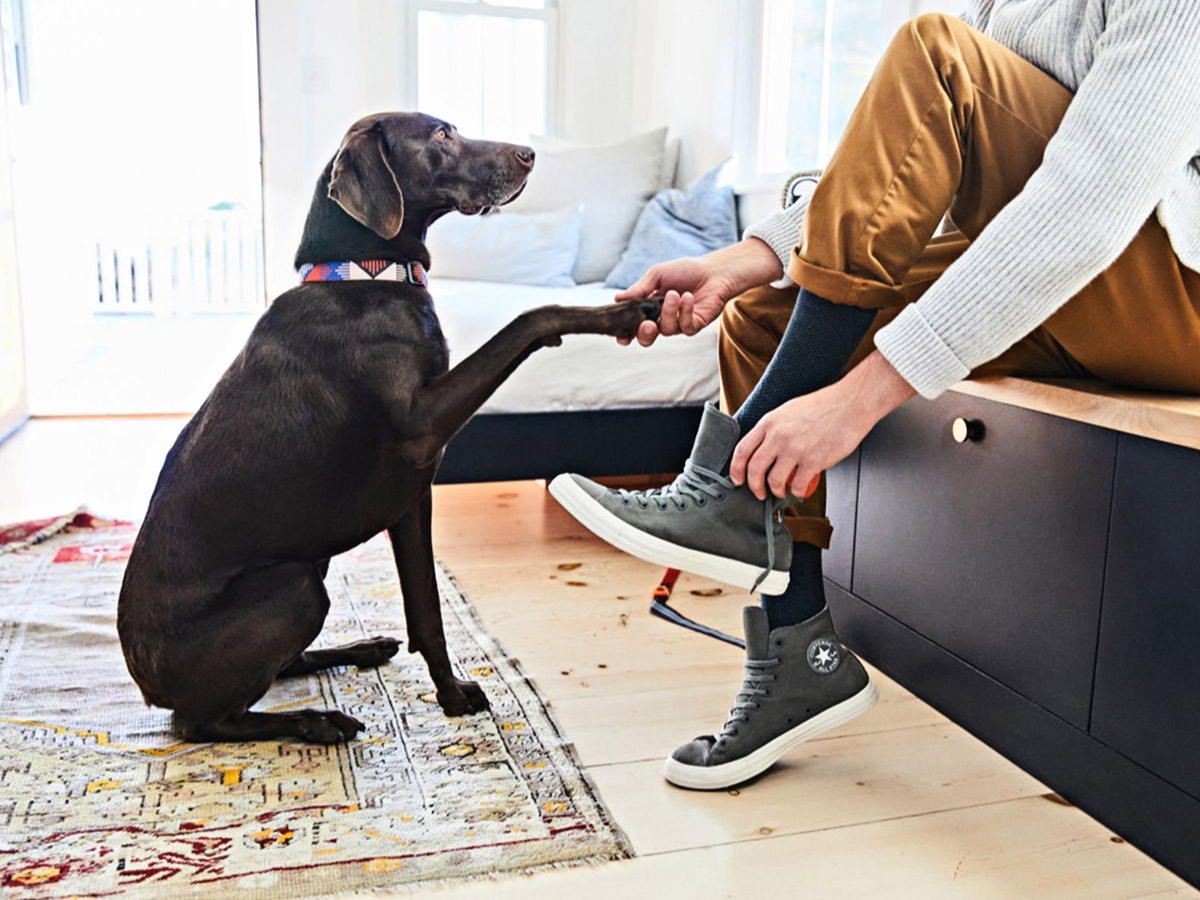
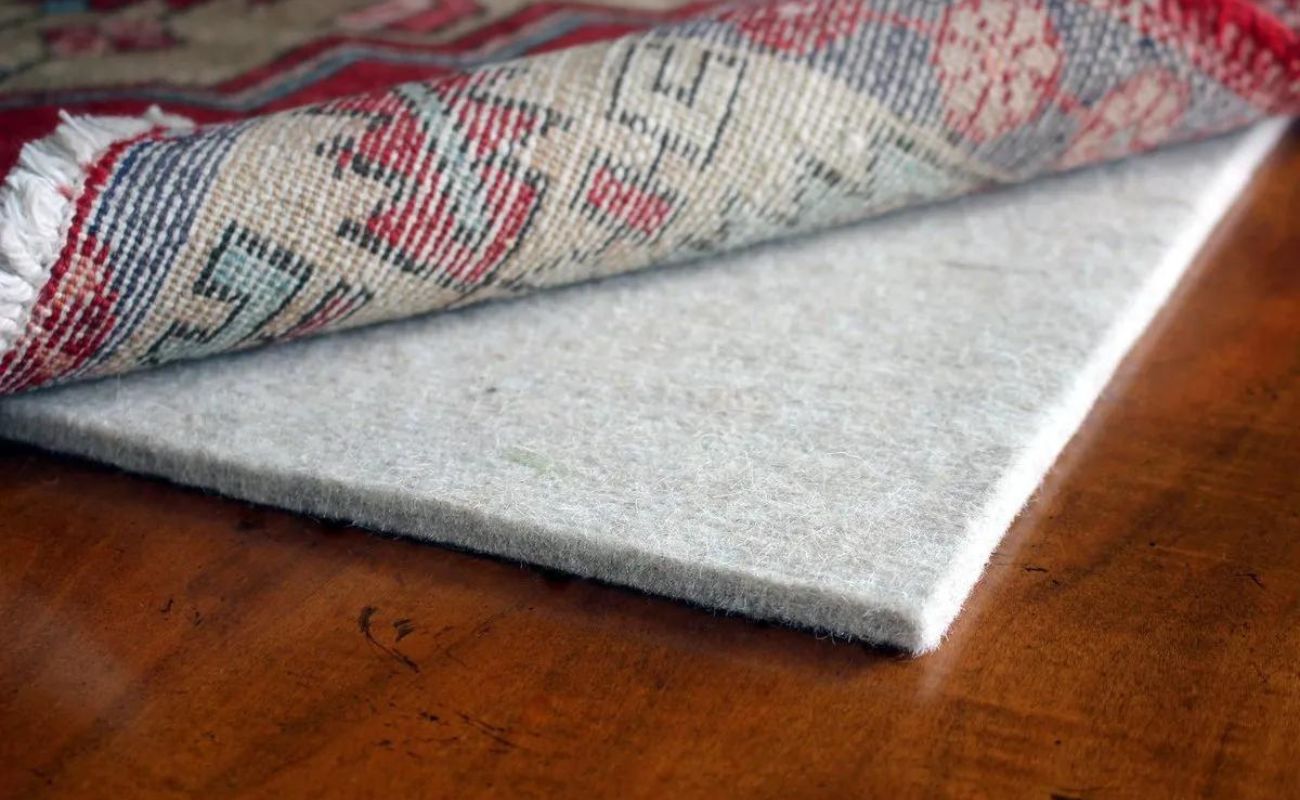
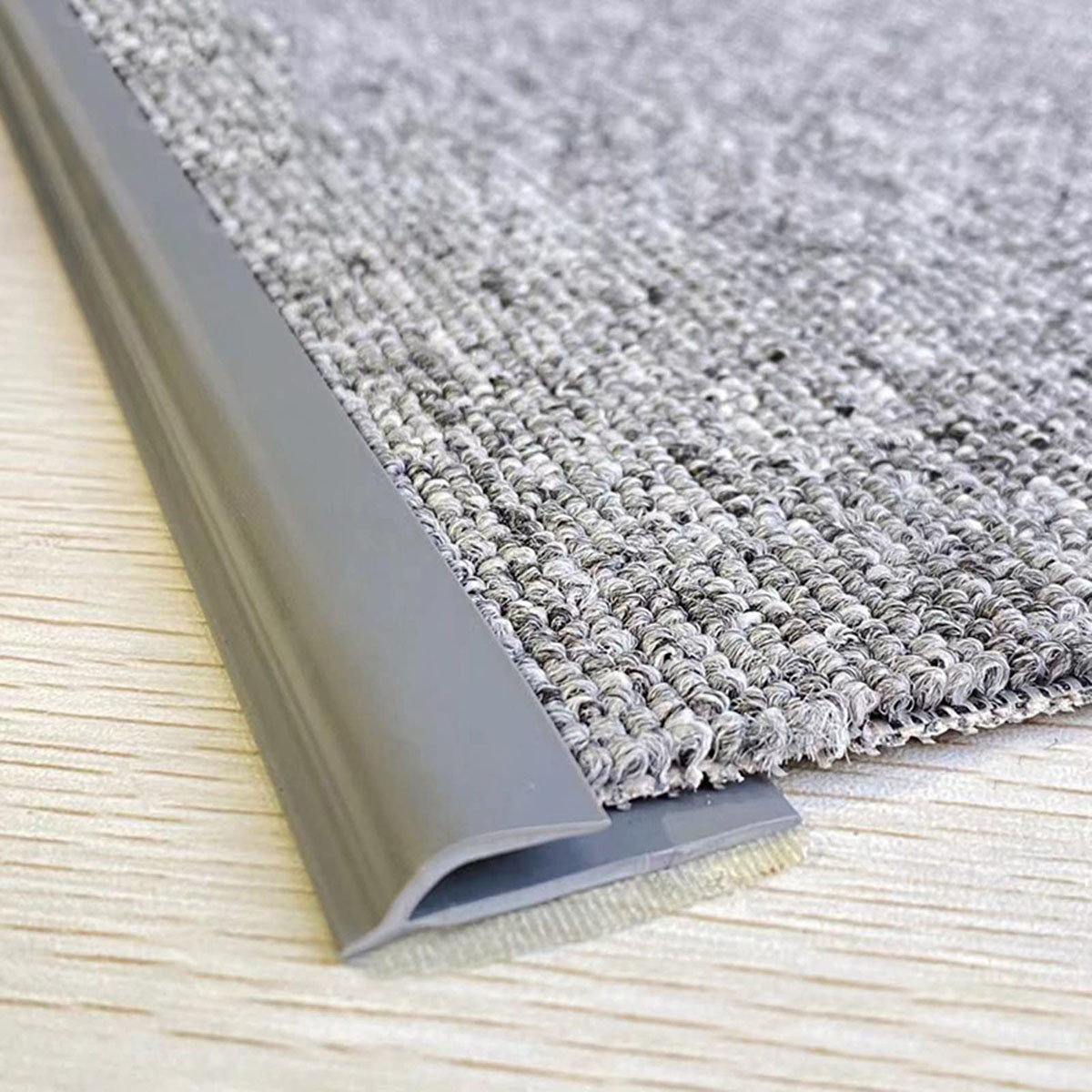
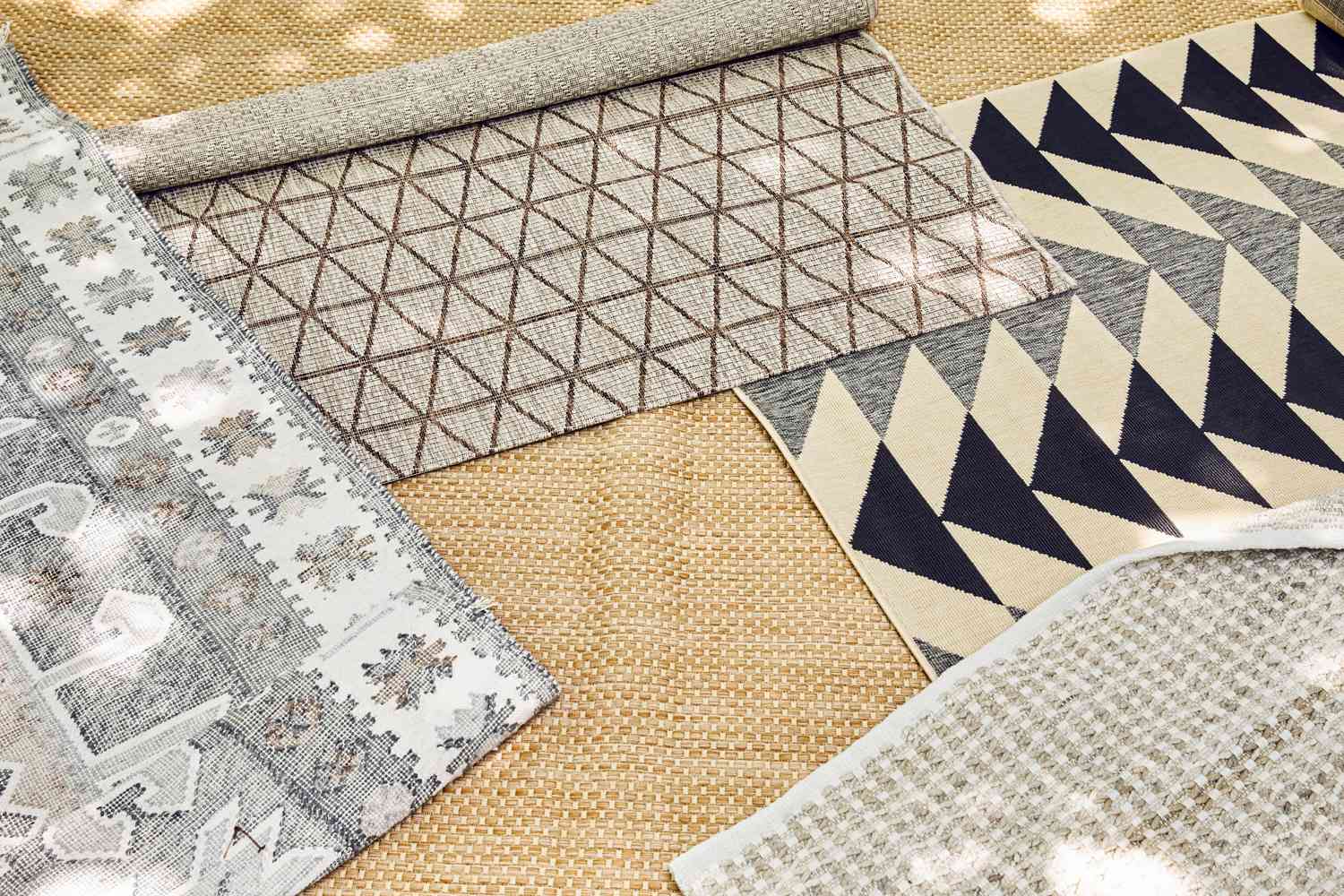

0 thoughts on “How To Keep Rugs From Moving On Carpet”